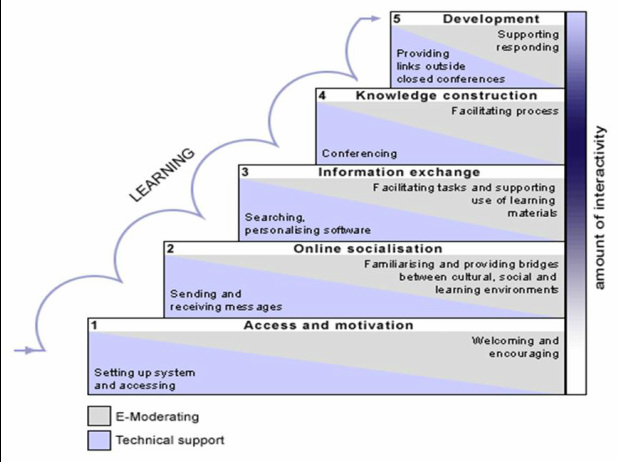Learning communities in practice
| Learning and Teaching in Practice | |
|---|---|
| Module 8: Personalised learning and diagnostic assessments | |
| Communities of Practice | Introduction | Online learning communities | Learning communities in practice | Summary |
In the previous section, we looked at some of the tools available for building and maintaining online learning communities. With the increased range and availability of online technologies and the growing importance of tools for social networking, the opportunities for incorporating learning community approaches into teaching and learning continue to develop.
However, merely providing access to these tools does not in itself establish a learning community. And we need to bear in mind that incorporating these approaches into an educational course is a different context from a community of practice.
As Siemens points out, The very strength of communities - the flexibility, lack of structure - make it difficult for some people to participate. Communities favour self-directed learners who are aware of what they know ... and what they need to learn. (Siemens, 2003)
So individual learning activities need to be carefully planned to ensure participation. Just as importantly, the overall sequence of activities needs to help ensure that learners are inducted and welcomed into the community as new members: there is a need to build a level of comfort as well as a commitment to the community and other members.
One influential model for helping to build an effective learning community is Gilly Salmon's Five-stage model (Salmon, no date):
Note that initial activities are designed to develop a supportive and comfortable social environment prior to activities which designed to enable sharing of information and collaboration.
|
|
Demonstrate your understanding of the principles of building an effective learning community by applying a model (such as Salmon's 5-stage model) to a real-world learning context. You can either:
|
